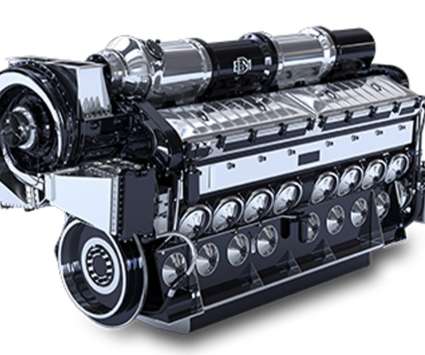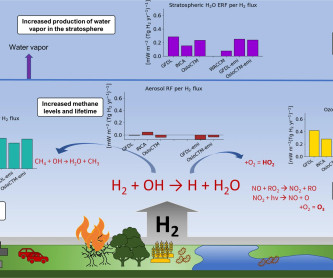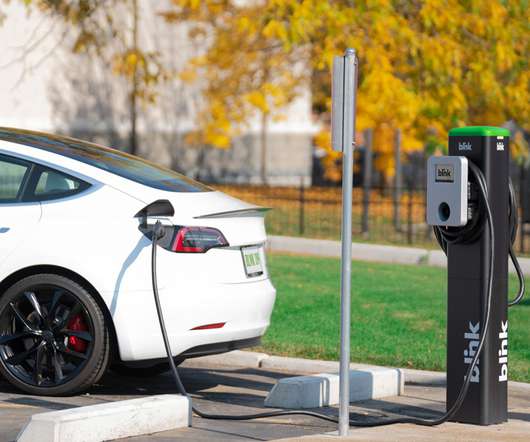Using Ozone-Generated Bubbles to Remove Oil Sheen and Contaminants from Water
Green Car Congress
NOVEMBER 17, 2009
A University of Utah engineer has developed an inexpensive new method to remove oil sheen by repeatedly pressurizing and depressurizing ozone gas, creating microscopic bubbles that attack the oil so it can be removed by sand filters. Water from mining of oil sands and oil shale. Heavy metals in soil.

































Let's personalize your content